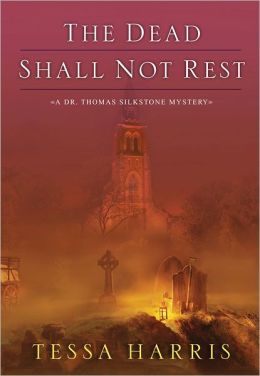This auspicious first novel starts as a classic fish-out-of-water, hardboiled detective story, but soon morphs into something altogether more engaging and original. The case seems simple enough: New England private eye Sebastian Damon, who could certainly use a break, has been dispatched to Thailand by a large US insurance company to scrape up anything he can find on the death of Linda Watt, a beautiful Laotian refugee turned promising (and heavily insured) Boston banker who apparently overdosed in a Bangkok flophouse.
Sebastian stumbles through the rounds, visiting the strip clubs, dives, and expat hangouts of a town awash in sin and corruption—in other words, about what you’ve come to expect of a novel set in Thailand, which has proven to be incredibly fertile ground of late for those working the shamus game (see: Christopher G. Moore, Timothy Hallinan, Angela Savage, et al.).
But journalist Cox takes it all one step further. Soon enough, Sebastian has left the pavement of Sin City far behind, lighting out for the territories, travelling through the wilds of Thailand and Vietnam and up into the uncharted frontier of the Laotian hill country in search of an alleged American POW from the Vietnam era who may have gone native. But in this upriver journey that recalls nothing so much as Joseph Conrad’s Heart of Darkness, the real horror is yet to come.
Sebastian and his small party (including Honeyman, a grizzled old military buddy of Sebastian’s disapproving father) soon find themselves in a world of danger, as ravenous global corporations, indifferent governments, and the forces of progress square off against the increasingly endangered and defiant primitive hill tribes who are every bit as capable of cold-blooded savagery as their more “civilized” foes. It’s a world where genocide, neglect, disease, laissez-faire environmental policies, superstition, ignorance, stupidity, and good old-fashioned violence are facts of life.
At one point someone says to Sebastian, “Sometimes God smiles on foolish shamans and small children...and even on wayward private detectives,” but in this downbeat and gripping adventure yarn, God doesn’t seem to be doing much smiling. Pack the mosquito netting and keep your weapon close—this one’s a keeper.

 This first in a new psychological suspense series, introduces London psychologist Alice Quentin.
This first in a new psychological suspense series, introduces London psychologist Alice Quentin. An excellent historical mystery set around the the murder of a young Italian singer in 1782.
An excellent historical mystery set around the the murder of a young Italian singer in 1782. A woman awakes in a small New York town to find herself utterly alone and an outsider in the wake of her husband's mysterious suicide.
A woman awakes in a small New York town to find herself utterly alone and an outsider in the wake of her husband's mysterious suicide.
